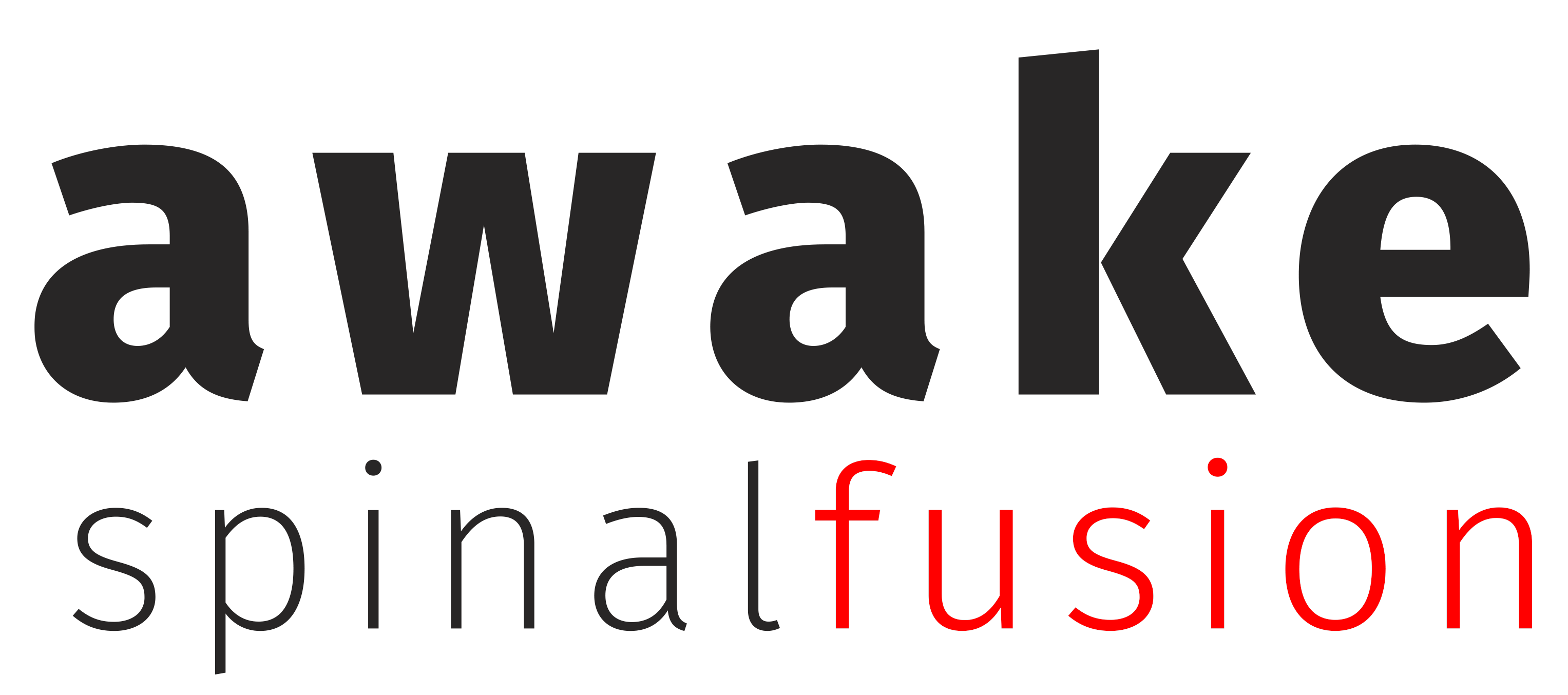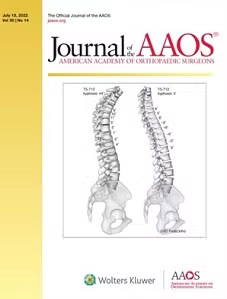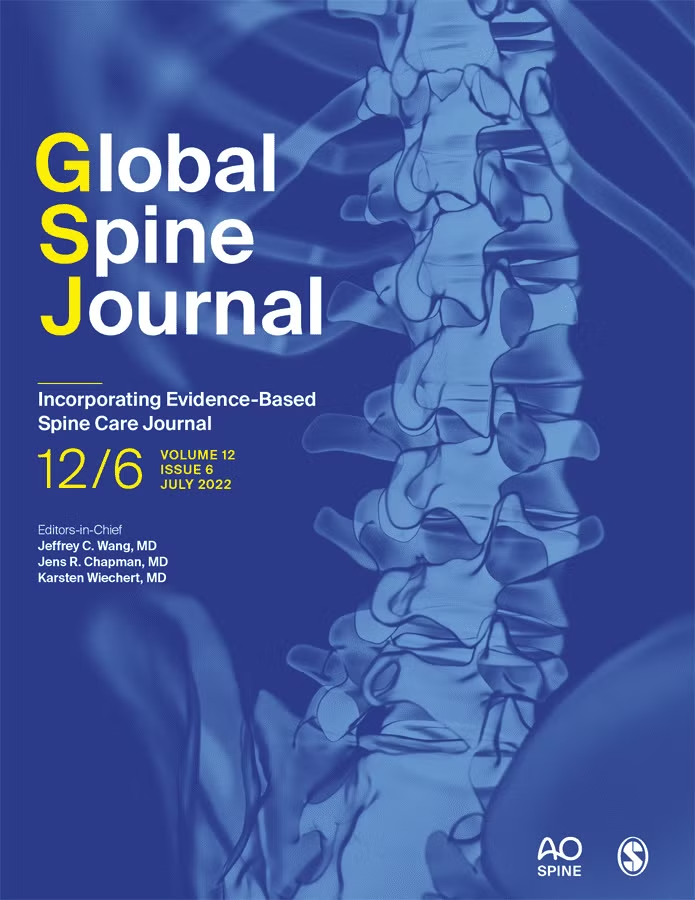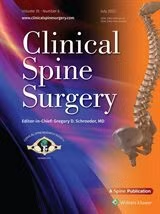
spine, which can put pressure on the nerves traveling through the spine. This condition primarily affects individuals as they age, leading to a variety of symptoms, including pain, numbness, and muscle weakness that can limit everyday activities.

What Is Spinal Stenosis?
The spine is comprised of bones called vertebrae, which protect and encompass the spinal cord and nerves. Spinal stenosis occurs when the spaces in the spine narrow, resulting in pressure on the spinal cord and nerve roots. This pressure can lead to discomfort and pain, often in the lower back and legs, particularly when walking.
There are primarily two types of spinal stenosis:
- Lumbar stenosis: The most common form, which occurs in the lower back.
- Cervical stenosis: Found in the neck region and can be more dangerous, as it involves compression of the spinal cord itself.
Causes of Spinal Stenosis
Several factors contribute to the development of spinal stenosis, including:
- Age-related changes: As people age, the wear and tear on the spine from everyday activities can lead to degenerative changes such as thickening of ligaments, herniation of disks, and the formation of bone spurs.
- Congenital conditions: Some individuals are born with a smaller spinal canal that can predispose them to stenosis.
- Osteoarthritis: This is a common joint disorder that causes cartilage breakdown and can lead to spinal stenosis.
- Previous spinal injuries: Accidents or past surgeries can cause immediate or gradual changes that narrow the spinal canal.
How Can Spinal Stenosis Surgery Change a Patient’s Life?
For patients experiencing severe symptoms that do not improve with conservative treatment methods such as physical therapy or medications, surgery may be recommended. One innovative approach is Awake Spine Surgery, which has been gaining attention for its potential to significantly improve the quality of life for patients with spinal stenosis.
Awake Spine Surgery is a minimally invasive procedure that allows the patient to remain conscious, using only local anesthesia and light sedation. This technique offers several advantages:
- Reduced recovery time: Patients can often leave the hospital on the same day of their surgery.
- Decreased risk of complications: Avoiding general anesthesia reduces the risks associated with traditional spine surgery.
- Immediate feedback: By being awake, patients can provide real-time feedback during the procedure, helping surgeons avoid nerve damage.
Transformative Effects of Awake Spine Surgery
Patients who undergo Awake Spine Surgery for spinal stenosis often report a significant reduction in pain and an improvement in mobility. This can lead to enhanced overall well-being, as patients regain the ability to perform daily tasks and enjoy activities that were previously too painful or difficult.
Moreover, the psychological benefits of maintaining consciousness during the procedure and experiencing a quicker recovery can not be underestimated. Patients often feel more in control of their healing process and are typically more satisfied with the outcomes.
Conclusion
Spinal stenosis can be a debilitating condition, but advances in medical technology, such as Awake Spine Surgery, offer hope for those suffering. By addressing the physical symptoms and reducing the psychological stress of surgery, Awake Spine Surgery can dramatically enhance patients’ lives, restoring mobility and reducing pain with minimal risk and recovery time. For many, this innovative treatment marks the beginning of a new, more active phase of life.






